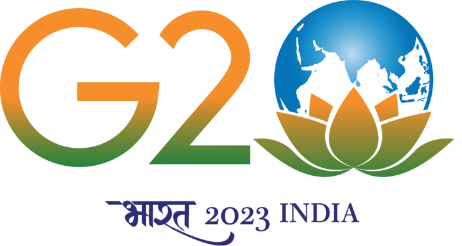Numerical study of characteristics of confined diffusion flames of synthetic gases in coflow and inverse coflow configurations.
தேதி10th Nov 2021
Time03:00 PM
Venue Through Google Meet: https://meet.google.com/ymc-back-upj
PAST EVENT
Details
In this talk, comprehensive numerical predictions of diffusion flames of synthetic gas (syngas)
fuels produced from practical reactors, in coflow (CDF) and inverse coflow (IDF) configurations with stoichiometric amount of coflow air are presented. A numerical model with variable thermo-physical properties, multi-component diffusion, Soret diffusion, detailed chemical kinetics mechanism and an optically thin radiation model has been used. Effect of hydrogen content in fuel, which controls the reactivity, on flame characteristics has been revealed systematically. Higher peak flame temperature is observed in IDF than in CDF. However, its radially averaged temperature peak is lower in IDF than that in CDF within the flame zone. The characteristics of these flames are analysed through reaction rate profiles. Combustion efficiency is higher in IDF than in CDF, for syngas fuels with intermediate reactivity. Further, Characteristics of flames from inverse coflow burner with four typical synthetic gases as obtained from different gasification processes are presented. Hydrogen or carbon monoxide content in the mixture is varied individually by keeping the other constituents at their average values. The power rating is chosen as 250 W. Air flow rate is also varied to study its effects on flame structure. Hydrogen and CO contents affect the formation of OH, H, heat release rate and flame stability. The maximum temperature increases with increasing hydrogen and CO. Flow, thermal and species fields are discussed in detail. Increase in hydrogen content increases the flame stability, extent of reaction zone and increases the flame temperature. The profiles of net reaction rate of several species and kinetic rate of important reactions have been discussed to explain the characteristics of these flames. Understanding the characteristics of these flames will lead to better design of multi-slot burners using mixture of syngas fuels.
Speakers
Mr. Mohd. Ibrahim (ME16D407)
Department of Mechanical Engineering

